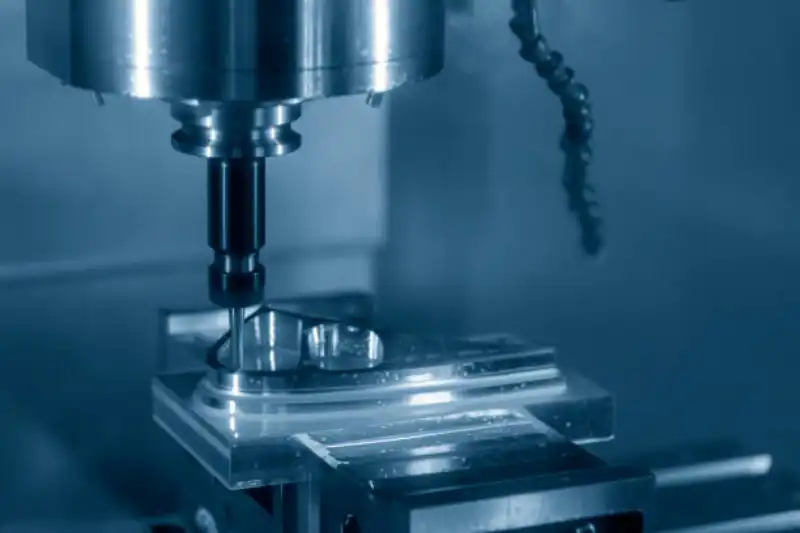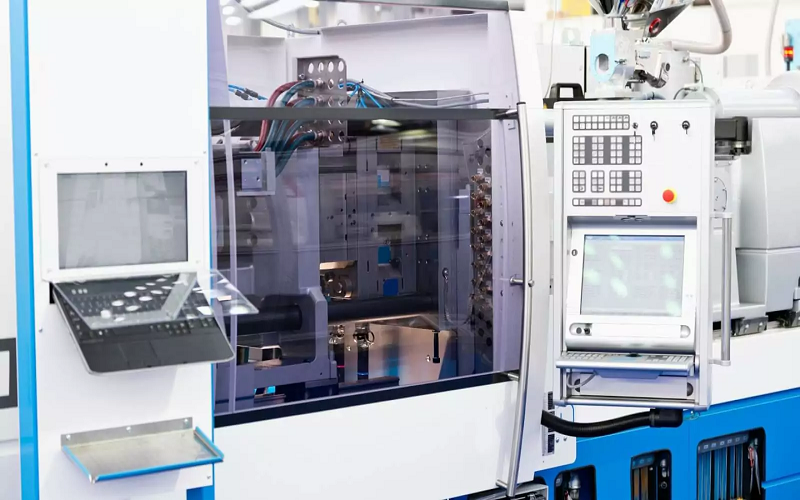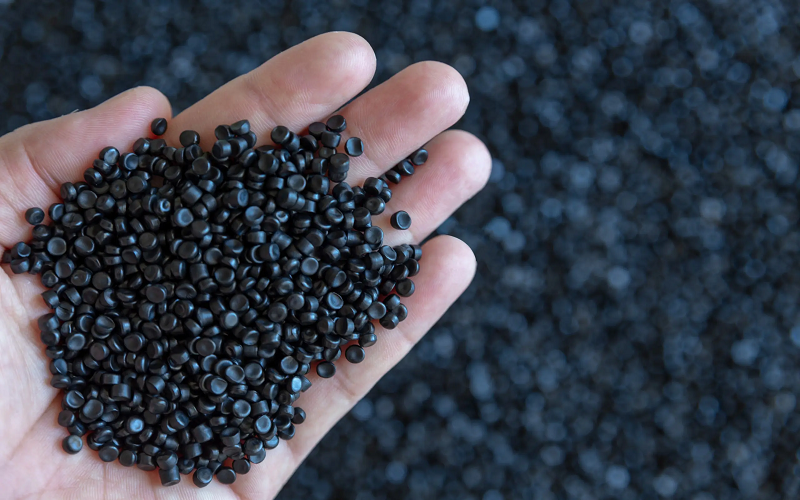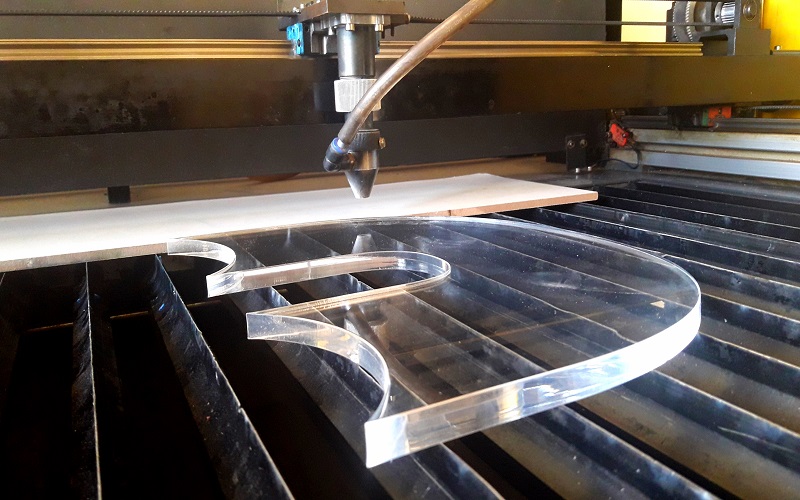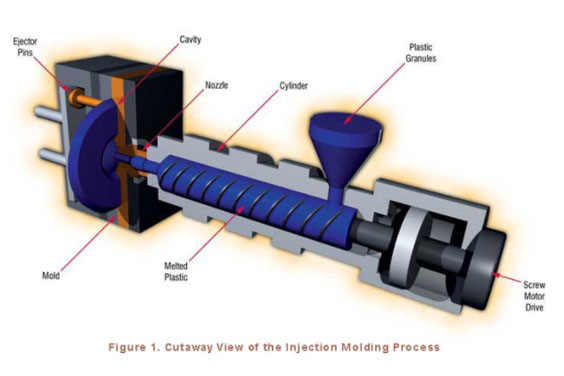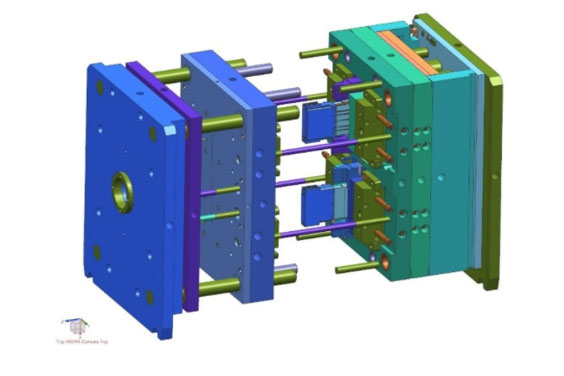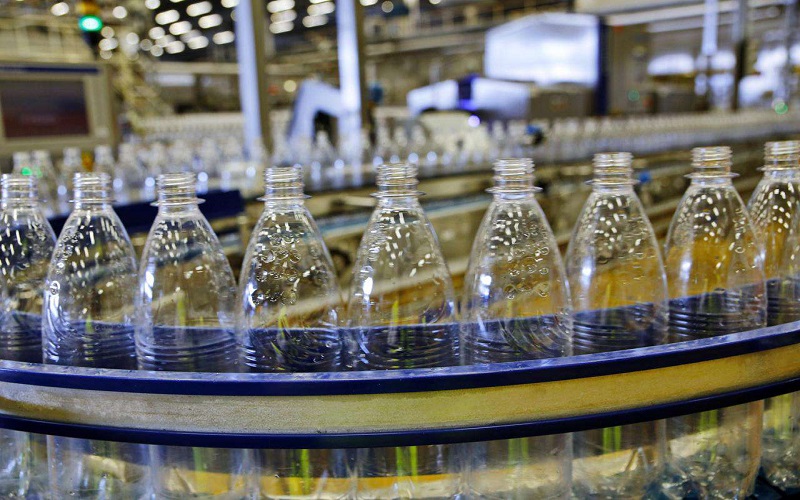
Injection Molding vs Blow Molding
- Home
- > Blog
The manufacture of different plastic products such as plastic molded chairs or auto plastic parts involves the use of different processes to achieve a quality end product. Some of the manufacturing processes involved include injection molding and blow molding. These two processes are great when it comes to the large-scale manufacturing of plastic products. The two processes are different and will be best used in varied products to be manufactured.
This is where we look at injection molding vs blow molding to get a better understanding of what they entail. Taking your time to learn more about these processes will help you when choosing to invest in one method. Working with a qualified manufacturer who is well versed in these processes will help guide you. You’ll get to know the perfect option for the particular product you are looking for and get to work on it.
Table of Contents
What is Injection Molding
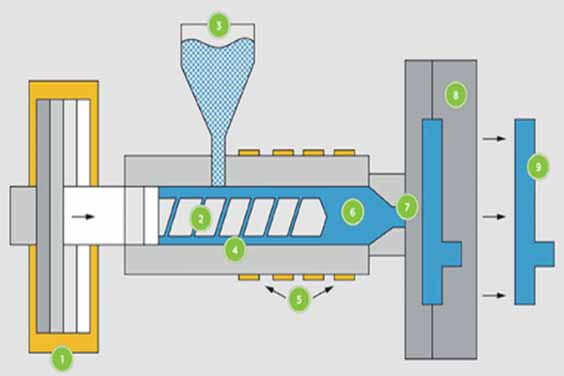
Source: www.protolabs.com
Plastic resin is used in the injection molding process to achieve various product forms. It primarily entails the use of molten plastic material. After that, the molten substance is injected into a mold, formed, and cooled before being released. To make the procedure simpler, most injections are performed using a cylinder-like shaped tool. This process will involve a few aspects which include:
Heating the plastic resin to a molten state
When it comes to injection molding, this process will feature the use of heat and pressure exerted on the plastic resin. Once this is done the plastic resin melts and can easily be injected into the mold cavity. The injection molding machine features different parts that complete this manufacturing cycle.
Clamping to secure the molds
Clamping comes in where the two mold cavities are secured to make the process more effective. With this, the clamping tool features a hydraulic system used on the part of the mold cavity that is movable. This helps facilitate the closing and opening of the mold cavity during this process.
Injection of the molten material begins
After clamping, the injection process then begins where the molten material is introduced into the mold cavity. The injection tool then dwells there for a while to ensure that the molten material inserted is right. In case of any excess, the molten material is then reintroduced to the injection tool. This helps reduce any excess wastage of the materials being used in this process.
Cooling of the molten material in the mold
Once the injection occurs, the molten material then starts to cool down to take the shape of the mold. The mold cavity is designed to produce the desired shape and size of the product you are working towards.
Ejection of the final product
After the molten material is fully cooled and the product is formed, the mold then opens. Once the mold is open the product is ejected. During the ejection process, there may feature the use of a lot of force to allow for the smooth release of the product.
The injection molding process is a straightforward manufacturing option that will help you get your desired products with ease. However, before the manufacturing process begins, you need to ensure that you have taken care of the product design and mould design. Ensure that you work with your manufacturer’s R&D department for the best product design options. The product design will then pave way for the mold making. The mold to be used in the injection process has to be designed and created to feature the exact details in the product design. Once you have all this in order, the injection molding process can then begin.
Products Manufactured Using the Injection Molding Process
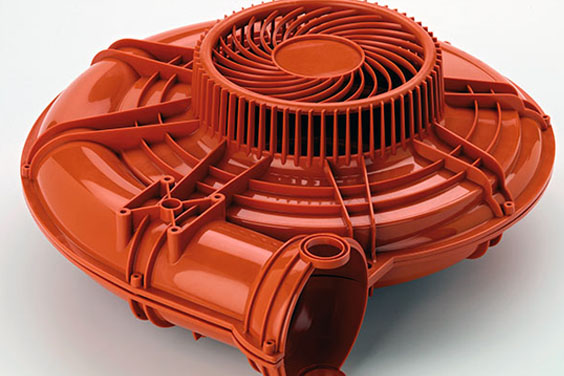
Source: www.starrapid.com
Plastic Buckets
For bucket mould, consistency of mould wall thickness is the most important consideration because uneven wall thickness will result in injection failure after a certain period. This requires high accuracy tools throughout the manufacturing. FOW Mould is experienced in plastic injection mold design and tooling to help you produce such plastic peoducts.
Electronic housings
When it comes to different electronic requirements, you find most manufacturers prefer fabricating all their housing using the injection molding process. The housings are made of plastic and are designed to feature great quality. Some of the hosing made include those used for remote controls, computers, and sockets among others.
Toys
Different companies are using the injection molding process to manufacture quality plastic toy molds for their consumers. For instance, the lego toys are well designed and go through the injection molding process from start to finish. They are accurately designed to feature different colors, sizes, and shapes that fit each other perfectly.
What is Blow Molding
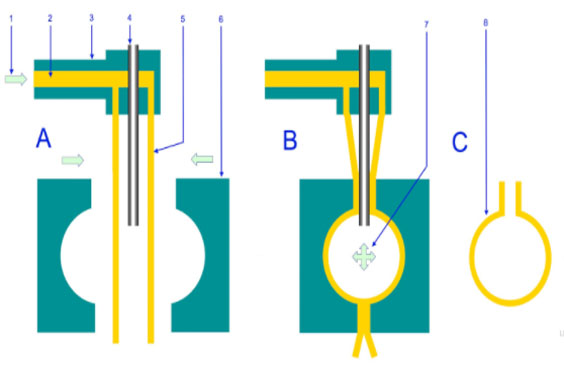
Source: Wikipedia
When it comes to the development of hollow plastic items, blow molding is the best manufacturing process to choose. This is an excellent process to consider, particularly if the end products must have different thicknesses. Compressed air and molten plastic material are used in this process. The plastic material is moved into the cavity of a mold after it has been fully heated to its melting point.
The mold is made to suit the shape and size of the product you’re making. After the molten material has been placed in the mold, compressed air is used to inflate it like a balloon. This enables the plastic to take on the form of the mold while remaining hollow. When it comes to the thickness of the finished product, the amount of molten material you use in your mold will dictate how thick it is. When it comes to Blow molding, some of the factors that influence the process include the temperature used to melt the plastic, inflation pressure, blowing speed, inflation ratio, and blow mold temperature.
Products Manufactured Using the Blow Molding Process
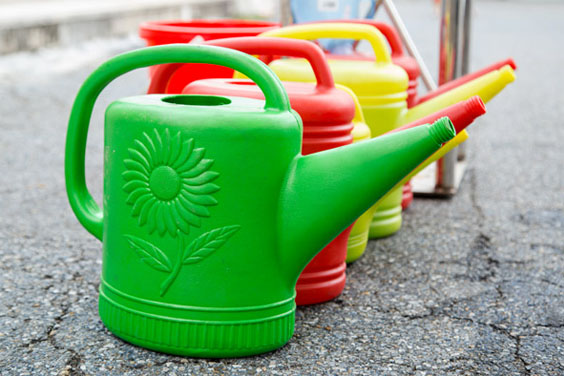
Source: www.valenciaplastics.com
Blow molding is used in the manufacture of a range of materials, including:
Wheels
Plastic wheels are mostly manufactured by blow molding and are built to be extremely powerful. They appear in a variety of toys and other applications in various aspects of our lives. This choice allows them to be both cost-effective and flexible.
Gardening Supplies
The blow molding process can be used in a variety of gardening materials. Gardening pots, watering cans, and garden decorations are only a few examples. They’re made of plastic and need the hollow function, which this approach excels at.
Office Chairs
In certain cases, blow molding is needed to achieve the ergonomics required for efficient and high-quality office chairs. Blow molding performs well for this reason since it can achieve any form for industrial applications.
Differences Between Injection Molding and Blow Molding
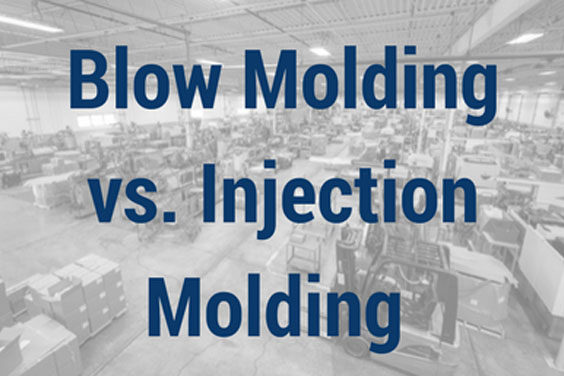
Source: www.rodongroup.com
Getting to know the major differences between injection molding and blow molding will help you make the best decision for your business. It will help you analyze and understand which manufacturing process is best suited for your specific needs. Some of the major differences to consider include:
Products Produced
This is one of the most significant differences when it comes to injection molding and blow molding. The products manufactured using these two processes will differ in terms of appearance and also application. The blow molding method is designed to feature hollow containers and bottles while the injection molding process features solid products.
Molding Process
When it comes to blow molding, you’ll find that the blowing is done after the plastic is released to give it room to easily expand. On the other hand, injection molding will feature the use of a syringe and mold cavities to make the manufacturing process easier and faster. This proves to be a very significant difference between the two procedures.
Usage of Air
In the process of producing plastic injection molding products, the presence of air during the manufacturing process will result in plastic mold defects. This is why the use of air in this process is not advised. However, when it comes to blow molding, the use of air is more prevalent. It features the use of air to blow a mold into the desired shape and expand it leaving a hollow part.
Conclusion
There are a few differences when it comes to the injection molding process and the blow molding process. The blow molding process is quite restrictive given that it features the need to involve hollow spaces. However, on the other hand, injection molding is more inclusive and can be used on a variety of products. Take your time to find a mold manufacturer you can work with to fulfill your needs as required.

